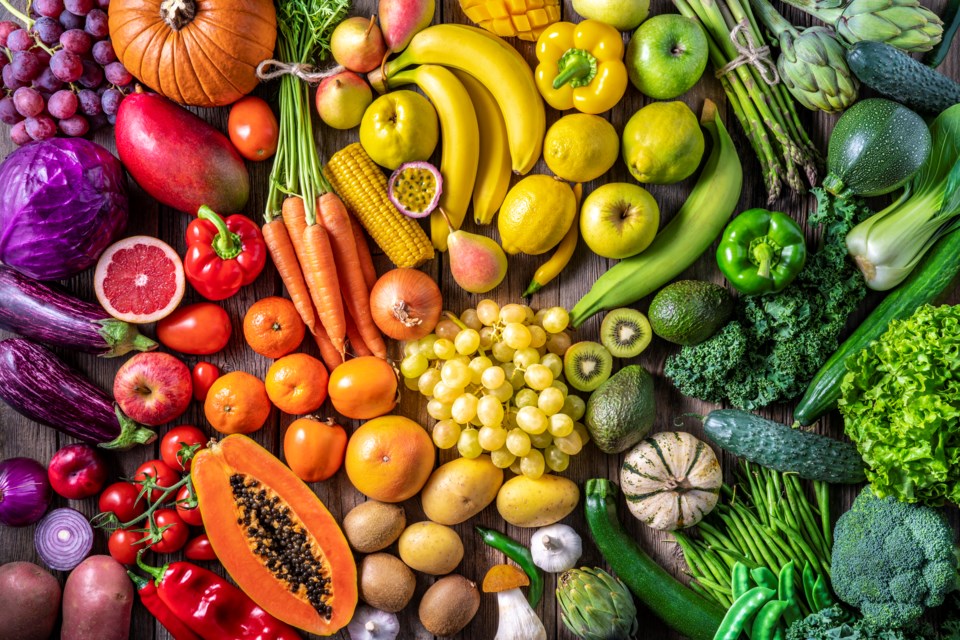We all know that dietary wellness includes eating a lot of vegetables, but sometimes incorporating them into our meals seems tedious.
Next time you need an extra serving of veggies, remember that you can have fun creating a colourful meal that includes the best and brightest vegetables out there.
Colourful veggies aren’t just nice to look at – the colours indicate high levels of the antioxidants that protect our cells from damage. Every piece of the vegetable rainbow that you add to your plate is packed with vitamins and minerals, too, so read on for some of the best mealtime additions.
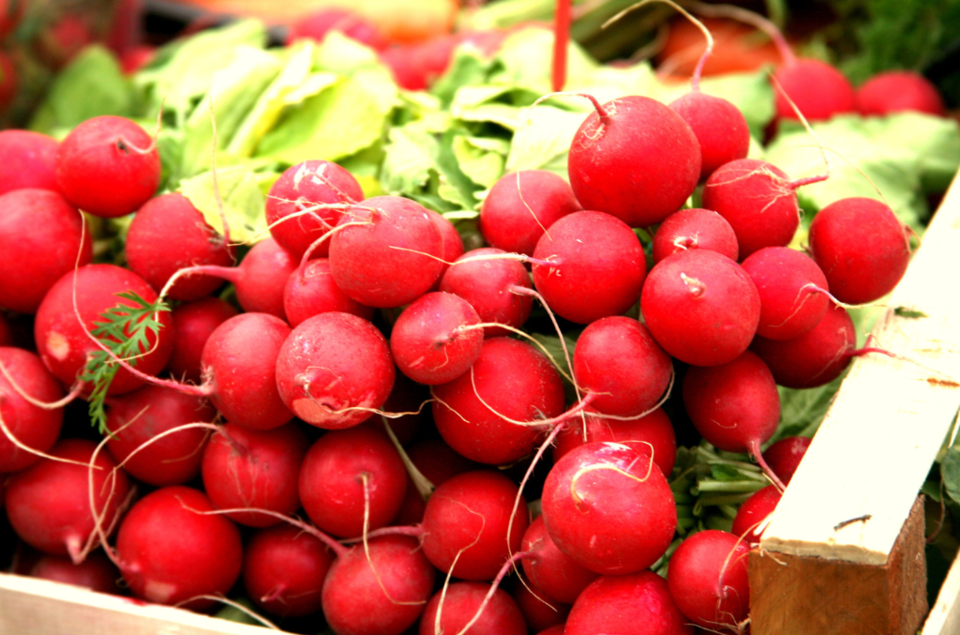
Red
Red vegetables boast high concentrations of antioxidants due to their bold pigment. Cabbage is a wonderful red-purple vegetable that contains vitamins A and C and iron in addition to the antioxidants from its pigment; its green-cabbage counterpart doesn’t have much vitamin A, so the red variety is a better option for maximum nutrition. Radishes are an often-overlooked red vegetable that are packed with nutrients, as well. These red vegetables contain high levels of compounds that help regulate blood sugar levels, so they potentially help protect against diabetes. The calcium and potassium in radishes also help prevent heart disease and regulate blood pressure, making these a great red vegetable choice.
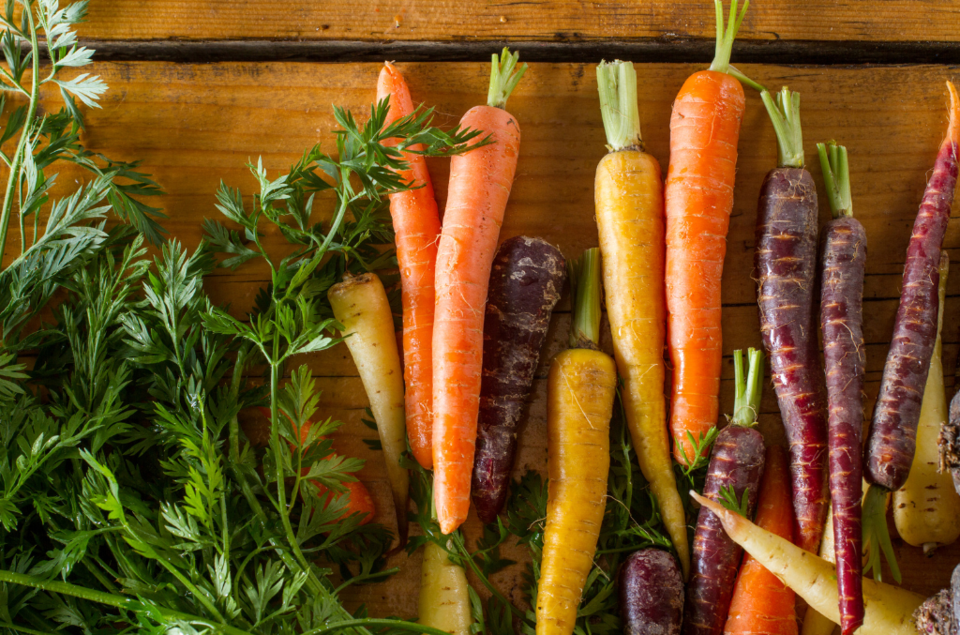
Orange
Two vegetables stand out as the best orange additions to your plate – carrots and sweet potatoes. Both of these brightly-coloured veggies contain high amounts of beta-carotene, a particularly potent form of vitamin A. Essential for eye and immune health, consistent vitamin A intake is crucial. Sweet potatoes and carrots also have high levels of fibre, which can help you feel full longer, aiding in digestion and weight management. Throw in potassium to help regulate blood pressure and vitamin C for additional immune health, and these orange vegetables are must-haves for your plate.

Yellow
Yellow vegetables are often high in vitamin C, and coming in at the top of the list are peppers of all varieties. Bell peppers and chile peppers both contain levels of vitamin C to rival your favourite citrus while also boasting more fibre and nutrients like magnesium for muscle health and folate for cell development health. Perhaps a surprising addition to the yellow “vegetable” category is garlic; while many consider garlic more of a spice, it’s technically a vegetable similar to onions.
Garlic’s health benefits are many, and it’s clear why so many recipes call for its use. Shown to have potential antimicrobial effects, garlic is used in many home remedies and can often help clear up respiratory infections. In addition, garlic has been shown to help reduce blood pressure and cholesterol. Rather than just sprinkling it in recipes, try roasting whole garlic cloves to mince alongside your other favourite veggies!
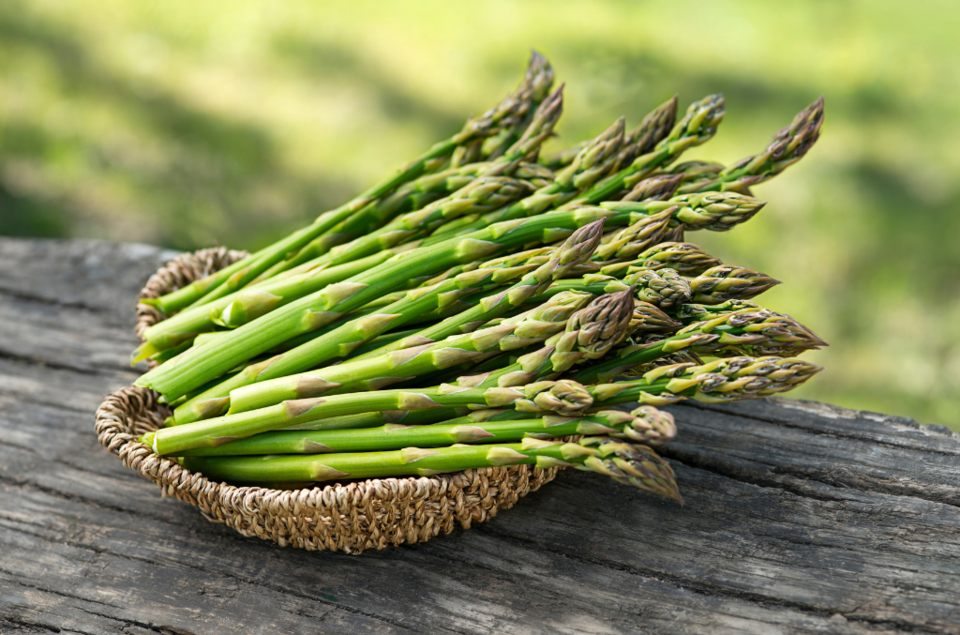
Green
Ah, green vegetables. You know you’re supposed to eat them, but why? These vegetables (especially the leafy varieties) contain an abundance of vitamins and minerals that are hard to find elsewhere in such large amounts. If you’re eager to add more green veggies to your plate, but feel overwhelmed, focus on a select few that will pay off. Asparagus is an underrated vegetable in the “green” category, but it would be a mistake to skip it - one of the best vegetable sources of folic acid and a carbohydrate called inulin, asparagus helps keep our gut bacteria strong to fight against potential cancers.
Kale is also one for your essentials list; packed with vitamins A, C, and K, kale also has high amounts of fibre for digestion, iron, calcium for bone health, and lutein for eye health. To round out your green vegetable must-haves, broccoli is a great source of potassium, folate, and vitamins C and K – plus, it’s easy to find and can be prepared in a variety of ways, making it easy to incorporate into your diet!
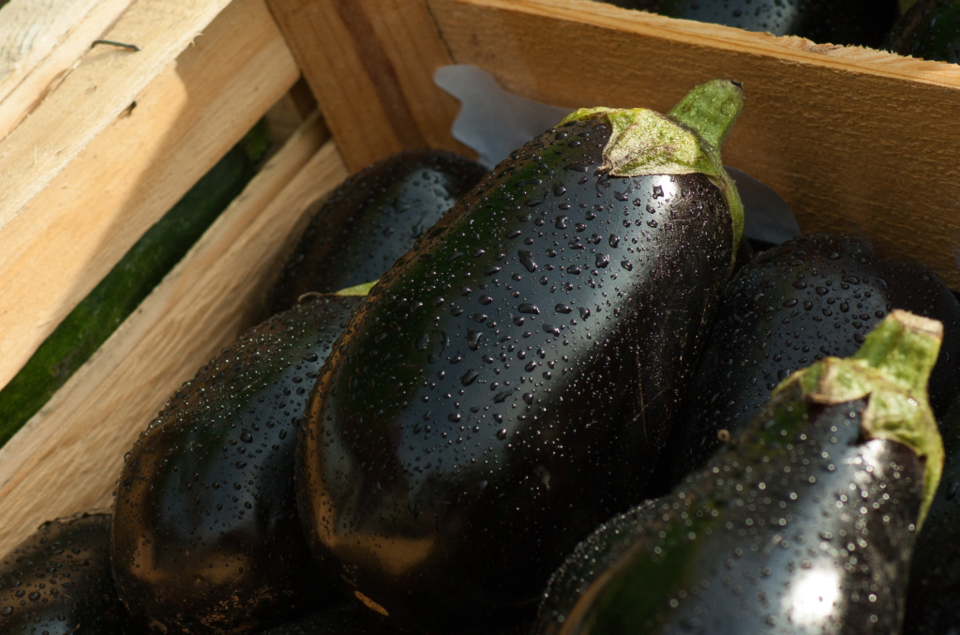
Blue/Purple
For most blue or purple vegetables, the difference in colour doesn’t indicate a difference in type – the same vegetables will come in shades of blue/purple/red along a continuum. The colour in these vegetables comes from anthocyanins; in your body, they act as antioxidants to help keep your blood vessels healthy and potentially reduce your risk of cancer and other diseases.
Anthocyanins dissolve in water, so when you cook these vegetables, make sure to roast them so that they retain as many nutrients as possible! Blue/purple potatoes are a colourful choice in this category, and eating the skin will give you fibre in addition to potassium and vitamin C. For the quintessential purple vegetable, eat eggplant! If you choose smaller varieties, you can eat the skin since it’s more tender; you’ll get the antioxidant benefit this way, along with thiamin and vitamin B-6.
No matter their colour, vegetables deserve to fill half of your plate at lunch and dinner - they’re packed with vitamins and minerals that are delicious!

